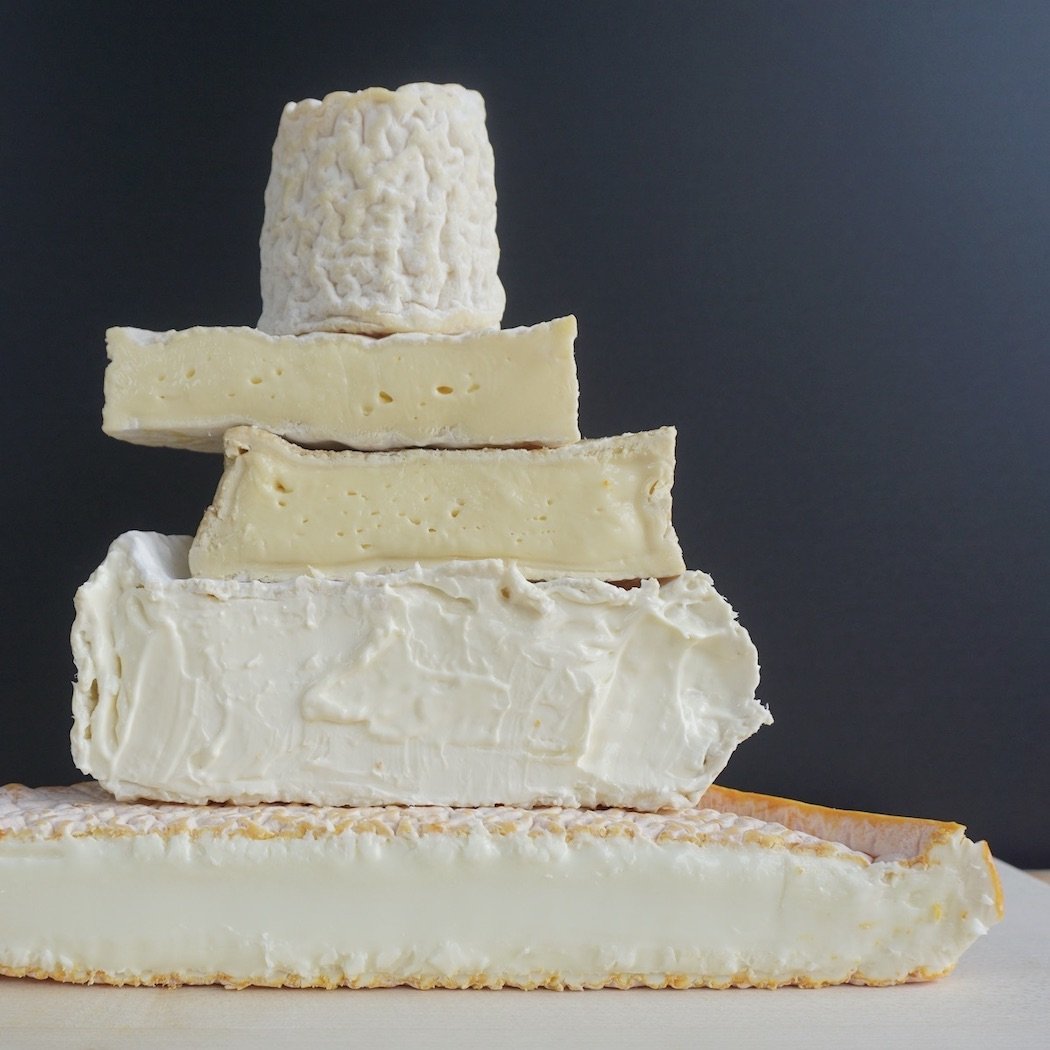by Austin Coe Butler
France is a relatively recent historical fiction. Millennia before the unification of the country we now know as France, this patch of continental Europe stretching from the Pyrenees to the Alps and the English Channel to the Balearic Sea was a collection of ancient, isolated, and obscure Pays, small cultural communities bound by their dialects, traditions, and food. You and your fellow paysans would likely never leave the mysterious confines of your pay in the course of your brief, laborious life. When Charles de Gaulle asked, “How can you govern a country which has two hundred and forty-six varieties of cheese?” he was speaking about the challenge of governing a country dominated by divisions and distinctions between these older regions. (In reality there are well over 1,000 distinct French cheeses.) In the intense individualism of the pays, resisting all bureaucratic and administrative impositions, great cheeses were born.
France has an immense wealth of climatic, geographical, agricultural, and historical diversity. The cool, coastal regions of Brittany and Normandy give us bloomy rinded cheeses like Camembert and Brie, while the mountainous Jura gives us Comté, Morbier, and Vacherin Mont d’Or. The isolated, impenetrable Central Massif rich with volcanic caverns is the perfect environment to make sweet, fudgey blues like Fourme d’Ambert, while the dry, limestone rich karst systems to the south in Occitania produce spicy, crumbly Roquefort. The rich tradition of goat cheeses in the Loire Valley like Chabichou du Poitou and Bûche de Luçay are the legacy of the Ummayid Conquest. The timeless Basque people of the Basque Country stretching from the Bay of Biscay to the Pyrenees is rich with cheeses like Ossau-Iraty, Chebris, and Somport. The ecclesiastical and monastic traditions of France gives us pungent, gooey washed rinds like Époisses and Langres, which required meditative washes with brine. France also has many well respected affineurs (cheese agers or maturers) like Hervé Mons or Beillevaire. Affinage is an art form that is as import to cheese as the aging and cellaring of wine is to the final product. With the exception of the late Crown Finish Caves, there are few American affineurs, and none operating on such a grand scale as these French houses. In France, cheese is a reflection of history, culture, and place.
Having spent so much time making and thinking about cheese, the French inevitably devised systems of categorization like Les Huits Grande Familes de Fromage (The Eight Great Families of Cheese):
Fromage frais ou blanc / Fresh or “white” cheese (cottage cheese, ricotta, petit suisse).
Pâtes molles à croûte fleurie / Soft cheese with a natural or bloomy rind (Camembert, Brie).
Pâtes molles à croûte lavée / Soft cheese with a washed rind (Langres, Époisses).
Pâtes pressées cuites /Pressed, cooked cheeses (Comté).
Pâtes pressées non cuites / Pressed, uncooked cheeses (Ossau-Iraty, Chebris).
Pâtes persillées ou bleus / “Marbled” or blue cheeses (Roquefort, Fourme d’Ambert).
Fromage au lait chèvres / Cheese made from goat milk (Chabichou du Poitou).
Fromages a pâte fondue / Cheese made from a blend of other cheeses, often spreadable (Boursin).
Within these families, production is divided between four categories: fermier, artisanal, coopérative, and industriel. Fermier, meaning farmhouse or farmstead, signifies that the cheese is produced on the farm where the milk is produced. Artisanal cheese is produced in small quantities using milk from the farm or purchased from local farms. Coopérative cheese is made from a cooperative of local milk producers in an area that can be large or even industrial in scale. Finally, industriel cheese is factory-made from milk sourced at the local or regional level depending on the AOC/PDO regulations for specific cheeses.
France itself has been experiencing identity crisies as the country modernizes. Cheese is often at the center of it. Salers production. The production of Camembert with pasteurized milk. The ravenous exapnsion of gargantuan French cheese producers at the expense of small, traditional cheese producers. Cheese has, and will always remain, a key facet of the protean French identity.
To express profound sadness, the French say, "triste comme un repas sans fromage," "like a meal without cheese,” and we would agree with them.

